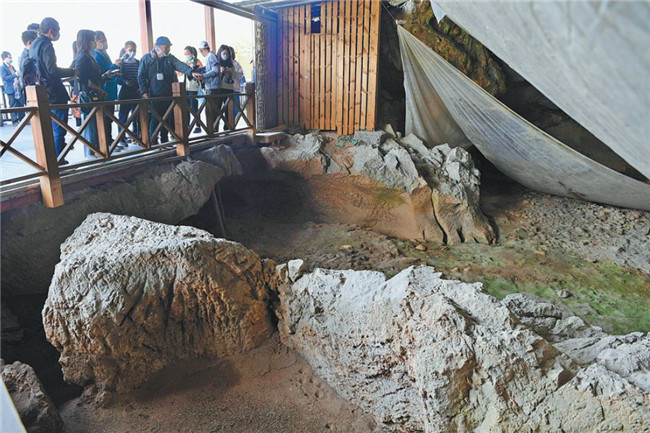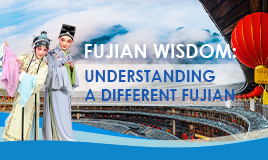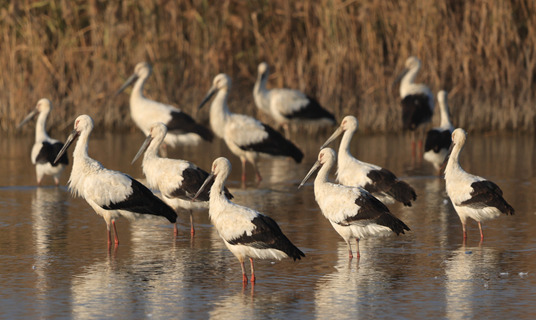Locals recall how Xi saved ancient artifacts

Reporters are shown around the museum in May. [Photo/Xinhua]
Xi's instructions
Wanshouyan faced a gloomy outlook until Xi's instructions arrived.
On New Year's Day, 2000, he issued an order to protect the Wanshouyan heritage site, saying it held the first key Paleolithic findings in Fujian and was home to crucial prehistoric heritage items.
"It is a must to carefully protect the site," Xi wrote, stressing that safeguarding the artifacts was everyone's responsibility and also an important element in the implementation of the nation's sustainable development strategy.
The cave site, with its precious, irreplaceable cultural relics, not only belonged to the people of that generation, but also to future generations, and no entities or individuals should harm the interests of future generations merely for the sake of immediate interests, he added.
On Xi's instructions, mining activities were halted straightaway and local authorities were urged to take immediate action to strengthen protection of the cave complex.
On Jan 25, 2000, Xi issued another instruction, this time asking the provincial cultural department to draft a specific plan to protect the site.
All mining work in the Wanshouyan area was halted and the Sanming government took steps to help the steel company solve the problem of limestone supplies and find new locations for quarries.
Zhu said Xi's instructions effectively protected Wanshouyan's heritage.
"He was so visionary and courageous to make the decision to protect this heritage instead of only pursuing economic interests," Zhu said.
Since becoming general secretary of the Communist Party of China Central Committee in 2012, Xi has often underlined the importance of preserving historical and cultural relics. When conducting inspection tours nationwide, he has often made stops at cultural heritage sites.




